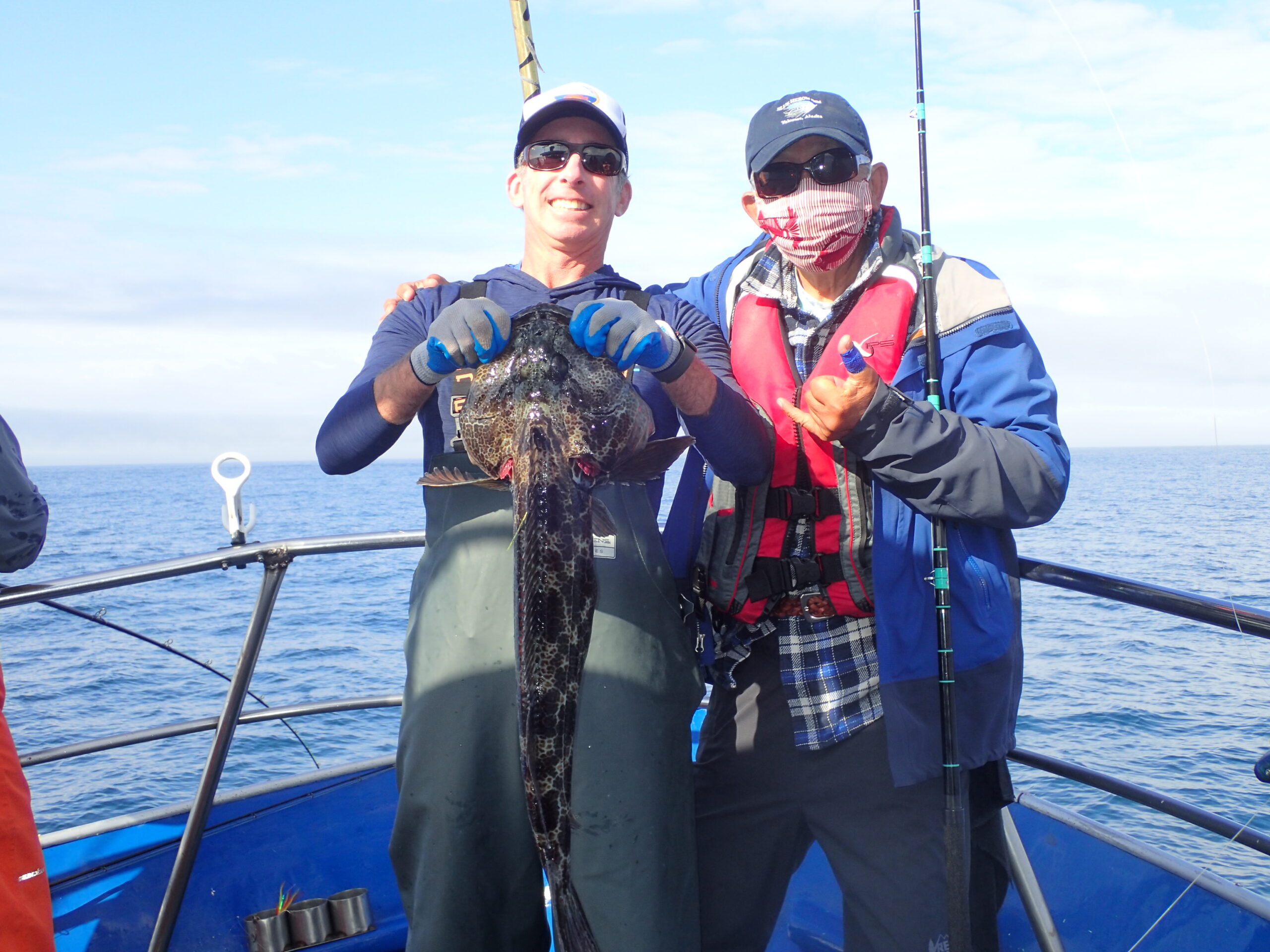Scott Hamilton | MLML, SJSU
Presenting: "Evaluating fish community responses across the California MPA network using collaborative fisheries research"
Hosted by the Ichthyology Lab
MLML Seminar | April 24th, 2024 at noon
Watch the Live Stream here

Abstract:
The California Collaborative Fisheries Research Program (CCFRP) is a community-based science program that uses volunteer anglers and standardized hook-and-line fishing surveys to monitor responses of fish to marine protected areas (MPAs) across the state. With 15 years of data from Central California and 5 years of data statewide, we evaluate changes in catch per unit effort (CPUE), size structure, and biomass inside and outside MPAs over time and the effects of fishing pressure and MPA design attributes, such as age and size, on the strength of MPA responses. We found compelling evidence statewide that MPAs are working, when compared to reference sites. MPAs have elevated CPUE, larger fish body size, and higher biomass for the vast majority of fished species. Moreover, the magnitude of the MPA response is explained by the amount of fishing pressure occurring outside the MPA; stronger differences in fish biomass between MPA and reference sites occur in heavily fished areas. We also observed stronger MPA responses in larger and older reserves. Tag-recapture data provided evidence of spillover of some individuals across MPA boundaries, with presumed benefits to fisheries; however, our data indicated many fish species have small home ranges and stay within the boundaries of the MPAs. Finally, examination of CPUE and biomass trends with increasing distance from MPA boundaries indicates that fishing-the-line behavior and edge effects modify MPA responses in California.

